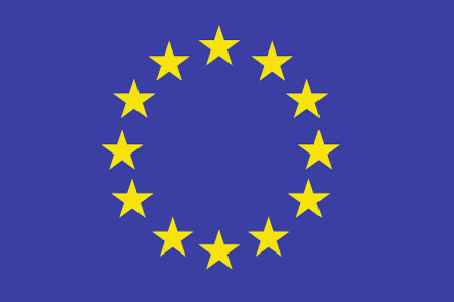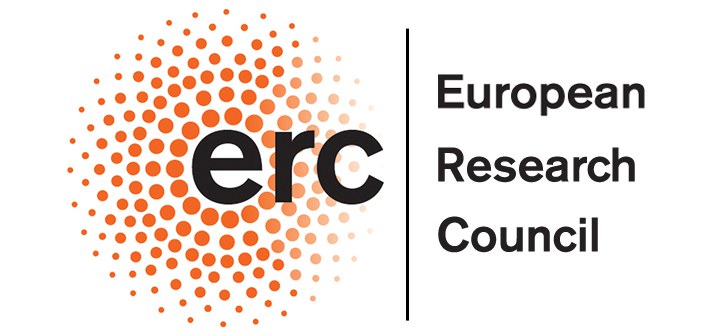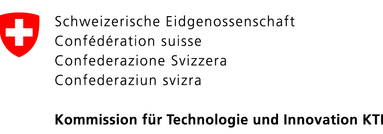  |
MEMS 4.0: Additive Micro-Manufacturing for Plastic Micro-Electro-Mechanical-Systems |
|
|
|
 |
Ceramic X.0: High-Precision Micro-Manufacturing of Ceramics |
|
|
|
  |
Prof. J. Brugger Dr. G. Boero |
|
|
NFFA- Europe PILOT |
| Nanovista | The goal of NANO-VISTA is to exploit novel concepts of photonic antennas to develop a new generation of bionanophotonic tools for ultrasensitive detection, nanoimaging and nanospectroscopy of biomolecules, both in-vitro and in living cells. More details can be found here. |
| EUJO LIMMS | EUJO-LIMMS aims to reinforce research collaboration between Europe and Japan to tackle new challenges in micro and nano technologies. The strategy consists in opening the activity of an international laboratory, the Laboratory for Integrated Micro Mechatronic Systems (LIMMS), located in Tokyo, to European partners. The LIMMS is a research unit between CNRS and the Institute of Industrial Sciences of the University of Tokyo (UT-IIS). |
| nanoICT | The nanoICT Coordination Action activities will reinforce and support the whole European Research Community in “ICT nanoscale devices” covering the following research areas expected to demonstrate unconventional solutions beyond the expected limits of CMOS technology:
1. Demonstration of new concepts for switches or memory cells 2. Demonstration of new concepts, technologies and architectures for local and chip level interconnects with substantial improvements over current solutions 3. Demonstration of radically new functionalities by the integration of blocks from a few nanometres down to the atomic scale into high added-value systems |
| Acapoly | ACAPOLY is a partnership between Microresist Technology GmbH and EPFL-LMIS1 whose main objective is the development of a new set of polymer materials for MEMS/NEMS technologies with an associated process library. The materials that the partnership has planned to develop are Ormocer and SU-8. The objective is to modify both materials in a way that they can be processed using Electron Beam Lithography, Direct Laser Writing, UV-Nano Imprint Lithography and Ink-Jet printing. The developed materials and process libraries will be used to fabricate UV-NIL stamps, large arrays of LEDs for automobiles and large arrays of optical waveguides. |
| Hysys | The objective of the project is the research on of low-cost components for fuel cell (FC-) systems and electric drive systems which can be used in future hybridised FC-vehicles (medium term objective) and ICE vehicles. The components will be analysed and tested in two FC-vehicle platforms with different concepts. The project consortium consists of 6 major European car manufacturers, 10 major and smaller suppliers, 6 institutes and 4 universities. The focus of the project is on components which have a high potential of significant cost reduction by decreasing complexity and/or choosing innovative approaches to support a future mass production. |
| ATOMS | We propose to develop a novel nanolithography technique, based on an ultra-high resolution scanning shadow mask, called Nanostencil. The technique eliminates processing steps involved in conventional resist-based lithography, and their related sources of contamination. It provides a fast prototyping tool for new structural nanodevice design, including nanopatterning of biomolecules, semiconductors, metals and insulators on arbitrarily structured surfaces. The technique involves a movable sample exposed to a collimated molecular beam through pinhole-like apertures in a cantilever or membrane. Scanning the sample allows arbitrary and complex patterns to be made. |
| Novopoly | The goal of NOVOPOLY is the development of new functional materials for applications in the fields of micro- and nano- systems technology (MEMS and NEMS). Starting point of the proposal is the need to add functionality to existing photostructurable polymer rs like SU-8 and overcome the current limitations of these systems with respect to mechanical, electrical conductivity and high temperature stability properties. The breakthrough will be the development of novel materials concepts that can meet these challenges. |
| NaPa | The growing importance of nanotechnology for the European Research Area is reflected in theFP6 Thematic Priorities. It is foreseen that most of the projects submitted to the Priority Area 3 (NMP) will need and develop nanopatterning techniques in one way or another. The Emerging Nanopatterning Methods (NaPa) consortium integrates the new patterning methods into one project, both anticipating and responding to the increasing need for technologies, standards and metrology required to harness the new application-relevant properties of engineered structures with nm-scale features. |
